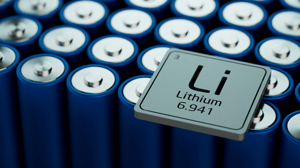
Viscosity of Electrolyte Solutions
Battery Series
Overcoming the Challenges of Measuring the Viscosity of Electrolyte Solutions
Rechargeable batteries, are electrical batteries that can be recharged and reused for many purposes. Produced in all types of shapes and sizes and used for many different purposes, rechargeable batteries have been used and re-used for portable devices (including our portable viscometer, microVISC™), electric vehicles, and much more!
Composed of single or multiple electrochemical cells, the performance of the charge and discharge cycle in rechargeable batteries is measured through ion conductivity. The two major factors affecting ion conductivity are the viscosity (η) and the dielectric Constant (ε) of the electrolyte solution. Achieving optimal combination of these two factors helps researchers and battery engineers develop and also control the quality of batteries. To that end, solvent mixtures are often used but the characterization of their viscosity with traditional viscometers poses a number of challenges:
- Solvents can be very low in viscosity (~1 mPa-s) making accuracy and repeatability a requirement
- Confinement of the volatile solvent mixtures during testing is necessary to avoid evaporation and moisture contamination
- Solvents are often expensive and limited in quantity demanding for small sample volume capabilities

.jpeg?width=300&name=Woman%20scientist%2c%20documents%20and%20hands%20writing%20_575258496-min(1).jpeg)

